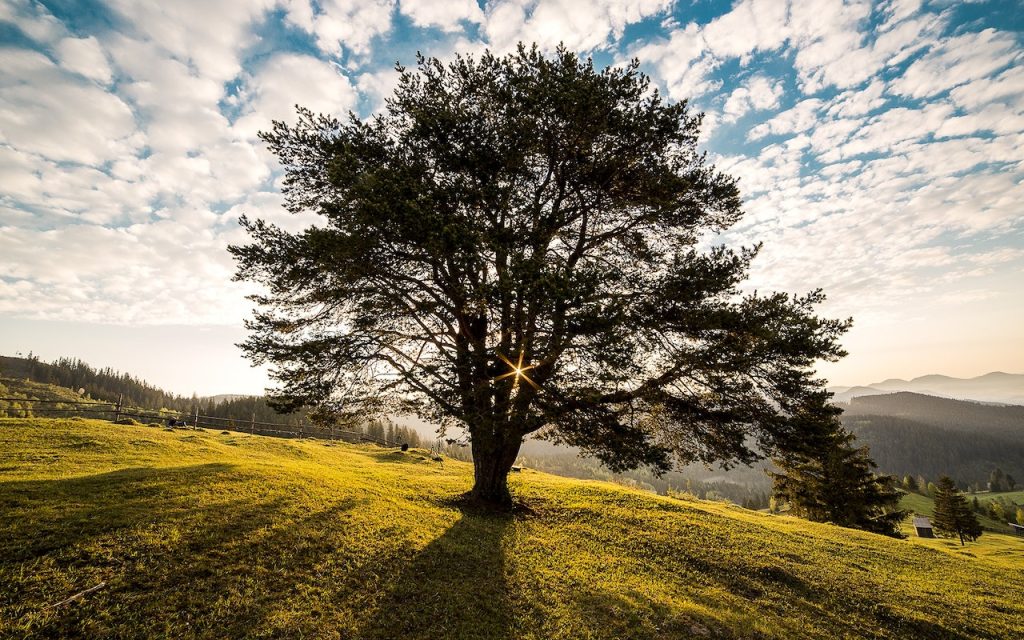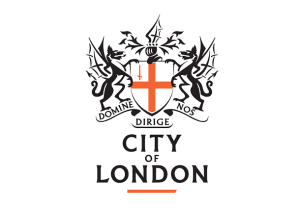We’re TreesUK, the tree management experts. For over 20 years, we’ve been the arborealist of choice for homeowners and businesses across Bromley and South East London. But we’re not just about maintenance, tree surgery and tree removal. We want to create green spaces that people want to spend time in – and that’s often through introducing the right plants, trees, shrubs and hedges into your garden.
Today, we’re looking at tree planting, covering topics like common varieties, growing your tree, where to plant it and what tools are up to the task. Of course, if you need to call in the experts, our team of tree management experts and arborealists will be happy to help.
Common tree types in the UK
There are many kinds of tree native to the UK, as well as species that have been introduced over time. Three varieties you’ll often see in an English garden include the beech, the yew and the oak.
Described by the Woodland Trust as ‘the queen of British trees’, the beech can grow to a staggering 40m in height. Beautiful all year round, it turns from green to golden, then rust-coloured before shedding its leaves in the winter. You’ll be able to identify the tree from its bright, shiny, oval leaves which have a slight ‘furred’ edge, and its prickly catkins.
The yew is another British great, and is one of the oldest species in the UK and even Europe, with some trees in Britain believed to stem back to the 10th century or before. You can easily spot a yew tree by its straight, slender needles, which grow either side of each twig, or its ‘open’ berries, called arils. Yew trees are popular in hedging, as it’s a strong, durable plant.
Finally, the oak. These trees support over 2,300 kinds of wildlife, including moths, bees and squirrels. Of course, oaks are best known for their acorns, and these are also beloved by many animals from badgers to jays and mice. Oak leaves have an almost ‘serrated’ appearance, but you might also identify an oak tree through its mossy coat – over 700 kinds of lichen can be found on these trees.
Growing your tree: Oak
Have you ever heard the proverb: mighty oaks from little acorns grow? Oak trees are notorious slow-growers, but many people choose these trees for their symbolism – strength, power and endurance. And few moments compare to enjoying a matured oak tree that’s been grown from a tiny acorn – and possibly been there through generations of the same family.
When starting from an acorn, expect your tree to take several decades to fully grow, and a number of years to be self-sustaining. Oak trees can be grown in pots until they reach around 25cm tall (typically taking 1-2 years). If growing from a whip, the process will be a little faster, although oaks really are a waiting game.
Top tip: Need an oak tree service? Our arborealists can cut away any old, dead branches and give your tree a general tidy-up.
Growing your tree: Yew
Many experts consider yew an easy tree to plant – whether as a tree, hedge or container plant. It does exceptionally well when planted in garden compost, and can be surprisingly fast-growing – managing 30-40cm each year once established. Having said this, yew seeds can take their time to germinate, often up to 2 years. That’s why many people opt for a yew whip, which is likely to be 2-3ft in height already.
Top tip: Need advice on pruning yew? This hardy plant can take a great deal of cutting back. For a specialist hand, our tree management experts can handle trimming and shaping for you.
Growing your tree: Beech
The RHS suggests propagating beech trees from seed during the autumn, when the beech nuts have been cast down to the ground. You can pop them in the fridge to help them along, checking every few weeks for signs of germination (a white root will poke out of the pointed end of the seed). They should grow anywhere from 15-40cm in the first year, or you could try to establish from whips – these can often ‘take’ better than pot-grown plants.
Top tip: Pruning beech? Invest in decent quality equipment, like shears or secateurs. Our team can also help, with arborealist services throughout South East London.
Get help from the experts
Whether it’s a tiny seed, small whip or a more established tree, we all need a little help now and then. Our expert team can advise on everything from clearing land to planting and maintenance, plus we offer a complete tree service to manage your plants at all ages and stages. To find out more, talk to our tree surgeons today.
















